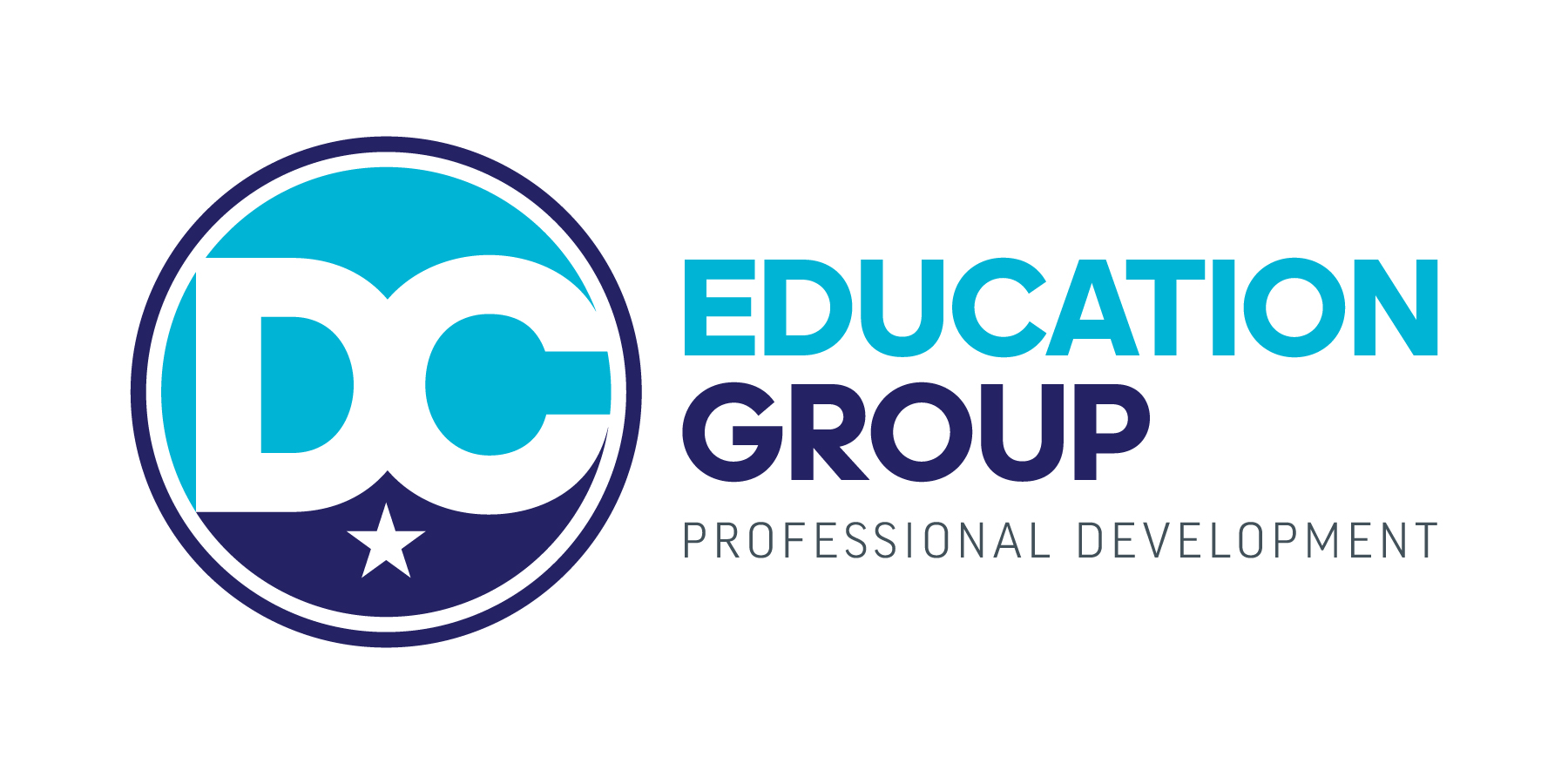Blended learning, a combination of traditional classroom teaching and online learning, has become increasingly popular in schools around the world. This innovative approach to education offers a more personalized and flexible learning experience for students, helping them to achieve better academic outcomes. However, successfully implementing blended learning in schools requires careful planning and execution. In this article, we will discuss some of the best practices for implementing blended learning in schools.
One important aspect of implementing blended learning in schools is ensuring that teachers are properly trained and supported in using technology effectively in the classroom. This includes providing teachers with professional development opportunities to learn how to integrate online resources and tools into their teaching practice. Schools can also consider offering academic advising certification programs to educators who are interested in expanding their skills in academic advising.
Another best practice for implementing blended learning in schools is to provide students with access to high-quality online resources and tools. This includes using a learning management system to organize and deliver online content, as well as providing students with access to digital textbooks and other online resources. Schools should also ensure that students receive appropriate technical support to help them navigate the online learning environment.
It is also important for schools to establish clear goals and objectives for blended learning. This includes defining the roles and responsibilities of teachers, students, and administrators in the blended learning environment. Schools should also develop a comprehensive plan for evaluating the effectiveness of blended learning, including collecting data on student outcomes and satisfaction with the program.
Additionally, schools should consider how to create a supportive and engaging learning environment for students in a blended learning program. This includes providing opportunities for students to collaborate with their peers and receive individualized support from teachers. Schools can also consider incorporating project-based learning and other experiential learning opportunities into the blended learning curriculum.
Finally, schools should actively involve parents and community members in the implementation of blended learning. This includes informing parents about the benefits of blended learning and providing them with opportunities to support their children’s learning at home. Schools can also partner with local organizations and businesses to provide students with real-world learning experiences through internships and other opportunities.
In conclusion, implementing blended learning in schools requires careful planning and execution. By following best practices such as providing teachers with proper training and support, offering students access to high-quality resources, establishing clear goals and objectives, creating a supportive learning environment, and involving parents and community members, schools can successfully implement blended learning and help students achieve better academic outcomes. Additionally, academic advising certification programs can help educators enhance their skills in academic advising, further supporting students in their academic success.
——————-
Discover more on academic advising certification contact us anytime:
DC Education Group
https://www.dceducationgroup.com/
DC Education Group offers online student affairs professional development opportunities and consulting services for higher education focused on increasing student retention, academic success, and student satisfaction.
DC Education Group offers self-paced training courses such as a student success coaching certificate, academic advising training, a student affairs leadership certificate, and a faculty advising and student mentorship certificate.

